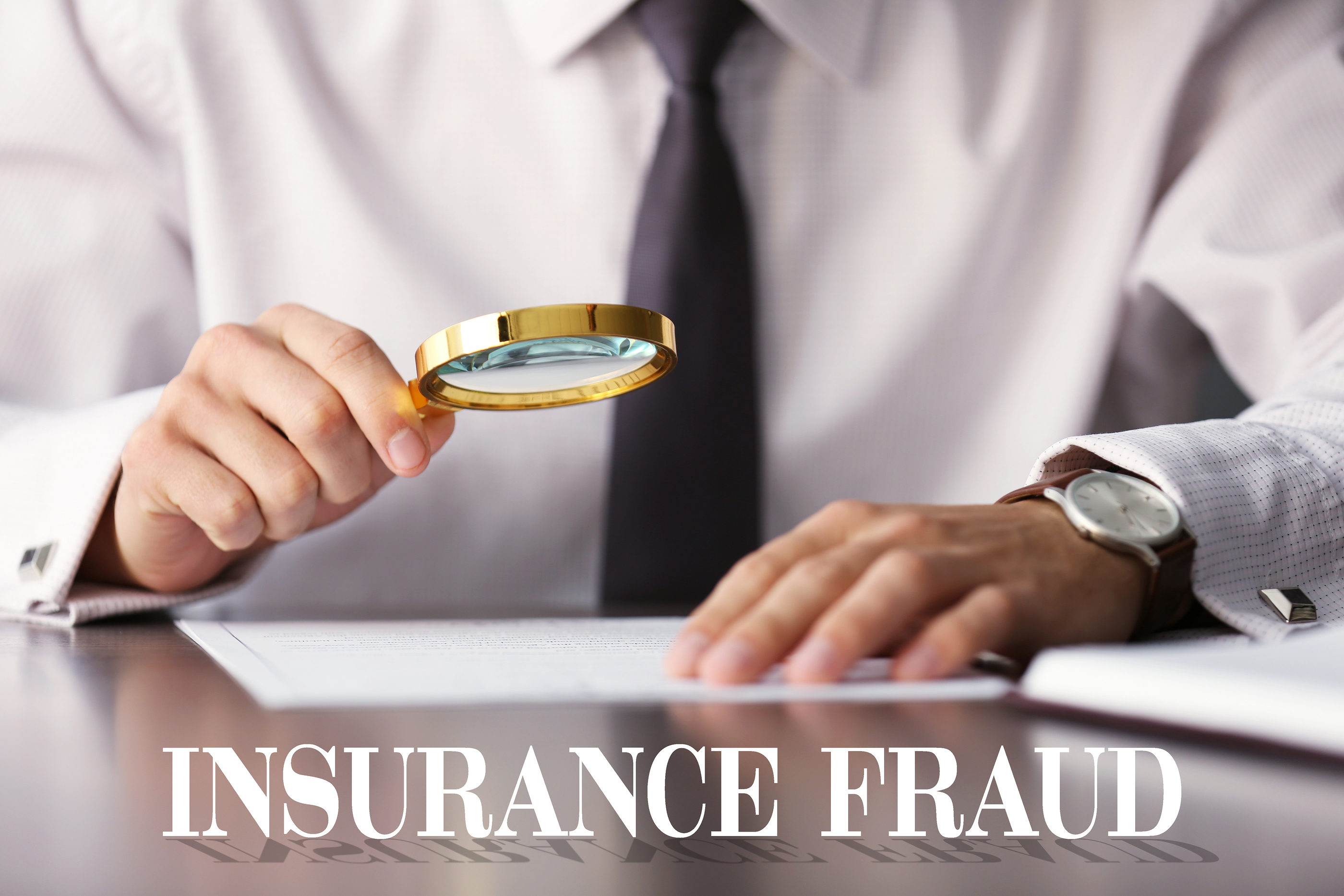What is Insurance Fraud?
Fraud happens when someone willfully makes a false statement to acquire a benefit or advantage to which they are not otherwise entitled or when someone willfully withholds a benefit to which they are legally entitled. Insurance fraud is a felony that is subject to prosecution when:
The suspect intended to commit fraud. A crime with "particular" intent is insurance fraud. This means that a prosecutor must demonstrate that the defendant deliberately committed a fraudulent act.
A task is finished. It suffices to only make a false statement (either verbally or in writing) to an insurer knowing that it is untrue.
Both the action and the intention must match. It is not illegal to have one without the other.
Real financial loss need not be proven as long as the suspect has acted with the intention of committing the crime.
Insurance Fraud's True Cost
The deception of an insurance company or agent to obtain funds to which one is not legally entitled is the definition of insurance fraud. Two categories of insurance fraud exist:
Hard fraud occurs when a person feigns an injury, theft, or other accident to fraudulently obtain funds from insurance providers. A hard fraud would look like a staged slip-and-fall scenario.
When someone gives their insurance provider "white lies," they are committing soft fraud. Soft fraud examples include homeowners misrepresenting the worth of personal items taken in robberies or individuals understating their annual mileage to reduce their motor insurance costs.
Although some might argue that soft frauds seem harmless, both are crimes and have consequences.
The Details
According to the Coalition Against Insurance Fraud ("The Coalition"), false claims totaling about $80 billion are filed every year in the US. This sum covers all insurance categories. The cost of healthcare fraud alone to Americans is estimated to be $54 billion annually. More than one-third of those harmed in car accidents misrepresent their ailments, according to the Coalition. This might increase America's annual insurance costs by $13 to $18 billion. In the medical field, almost a third of physicians exaggerate a patient's illness to delay an early hospital discharge.
How does it work?
Here are a few instances of typical insurance fraud schemes:
Staged wrecks: In staged crashes, drivers manipulate uninvolved drivers into collisions. These mishaps are frequently manufactured by groups of organized criminals.
Arson: With many Americans still experiencing foreclosures, some desperate homeowners resort to setting their houses on fire in order to collect insurance money to pay off loans and mortgages.
Health insurance fraud can take many different forms, such as billing for unnecessary lab tests, giving patients false diagnoses to make them appear sicker than they actually are, or even billing for services that weren't even rendered.
Fake death: By pretending to pass away, policyholders attempt to collect on the life insurance policies of their loved ones.
Murder for insurance: Some will go too far to get paid. To take advantage of insurance payouts, people have killed their loved ones or hired others to do it for them.
Scams involving body shops: Owners and drivers agree to inflate claims for auto damage in exchange for a profit-sharing arrangement.
Exaggerated claims: After an accident or theft, claimants present their insurers with exaggerated or false claims.
Workers' compensation fraud: Usually "off the books," a worker collects benefits while working for someone else.
Fraud's financial cost
The bogus claims totaling $80 billion have a big effect on all of us. The following are just a few examples of how insurance fraud costs are transferred to uninvolved parties.
Through insurance investing plans, people risk losing their whole life savings. The elderly are particularly at risk.
Doctors and other medical staff may be putting patients' lives in jeopardy by providing unnecessary procedures to fraudulently boost insurance claims.
Because insurance providers must charge policyholders for the expense of fraud, consumer rates remain high.
Consumer goods prices may increase as a result of firms passing on to customers the increased costs of their health and commercial insurance.
Fraud causes businesses to lose a considerable amount of money every year by raising the cost of employee health insurance and company insurance.
Insurance fraud claims innocent victims as victims.
How can we assist?
Through their fraud investigation teams, consumer education initiatives, and employee training programs, insurance firms are tackling the problem. What can consumers do to support the battle against fraud? The following list of things to think about when defending yourself against insurance scams was published by the Coalition:
.Never sign a claim form that is not filled out.
.Request thorough invoices for any repairs or medical services.
.Check your insurance bill to be sure "free" services aren't truly included there.
When purchasing insurance over the phone or from door-to-door salespeople, use caution.
If the cost of insurance seems to be too good to be true, be wary.
To confirm that the agent and business are authorized, get in touch with your state's insurance administration.
If a car suddenly moves in front of you and you are forced to follow too closely, take caution. You could be the victim of a staged accident.
If you believe you are the victim of fraud, report it right away to the National Insurance Crime Bureau and your state's insurance department.




0 Comments